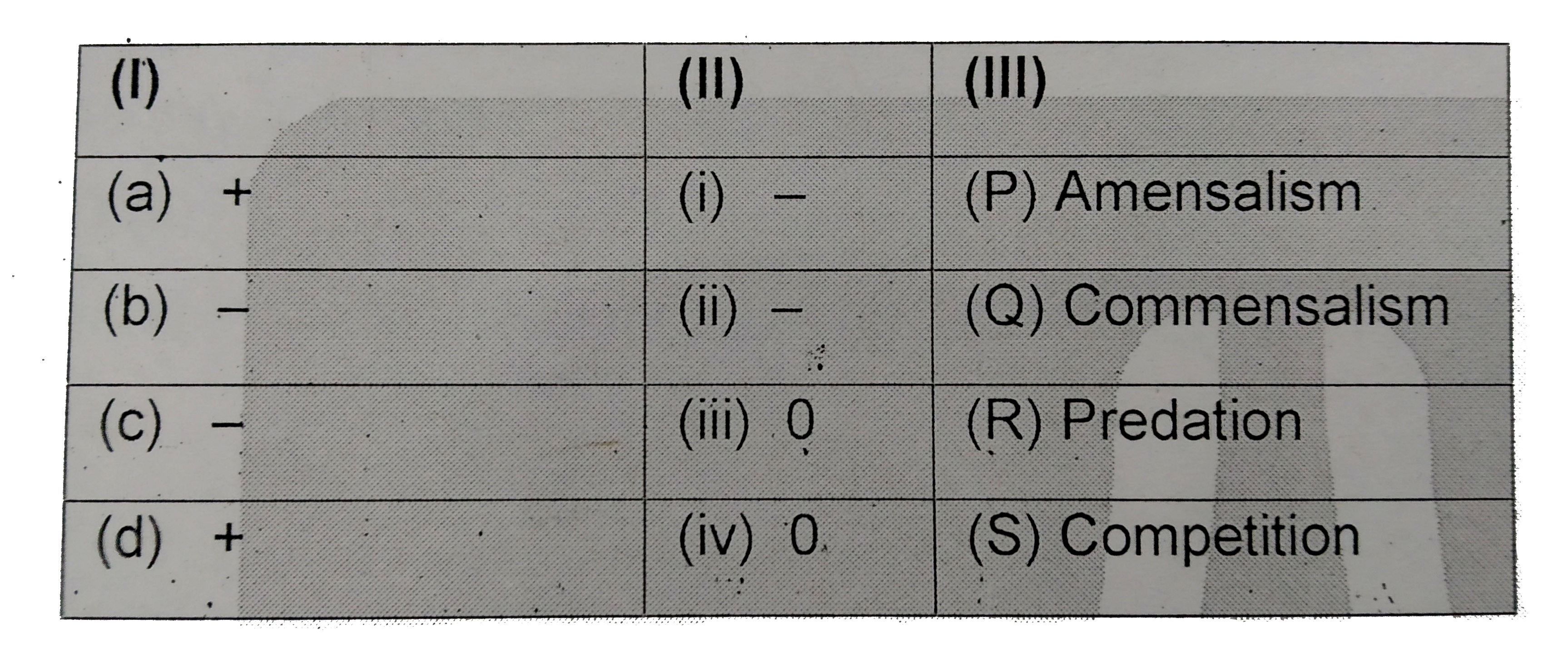Select a correct match:
Didynamous stamen-Cassia
Tetradynamous stamen-Mustard
Epiphyllous condition-China rose
Syngenesious condition-Cucumber
The correct Answer is:B
To solve the question of selecting the correct match from the given options, we need to analyze each option based on the definitions and examples of the terms provided. Here’s a step-by-step breakdown of the solution:
1. Understanding Didynamous Stamens:
- Didynamous stamens consist of four stamens in total, where two are long and two are short.
- This type of stamen is not found in the family Cacaceae.
- Conclusion: The first option is incorrect.
2. Understanding Tetradynamous Stamens:
- Tetradynamous stamens consist of six stamens, where two are short and four are long.
- This type of stamen is characteristic of the mustard plant (Brassica).
- Conclusion: The second option is correct.
3. Understanding Epiphyllous Condition:
- In the epiphyllous condition, the stamens are attached to the perianth (the outer parts of the flower).
- This condition is not found in China rose (Hibiscus rosa-sinensis).
- Conclusion: The third option is incorrect.
4. Understanding Syngenesious Condition:
- In the syngenesious condition, the filaments of the stamens are free, but the anthers are fused together to form a compound structure.
- This condition is typically found in plants like sunflowers, not cucumbers.
- Conclusion: The fourth option is incorrect.
5. Final Conclusion:
- After analyzing all the options, the only correct match is the tetradynamous stamens with mustard.
- Therefore, the correct answer is Option B.
- Didynamous stamens consist of four stamens in total, where two are long and two are short.
- This type of stamen is not found in the family Cacaceae.
- Conclusion: The first option is incorrect.
- Tetradynamous stamens consist of six stamens, where two are short and four are long.
- This type of stamen is characteristic of the mustard plant (Brassica).
- Conclusion: The second option is correct.
- In the epiphyllous condition, the stamens are attached to the perianth (the outer parts of the flower).
- This condition is not found in China rose (Hibiscus rosa-sinensis).
- Conclusion: The third option is incorrect.
- In the syngenesious condition, the filaments of the stamens are free, but the anthers are fused together to form a compound structure.
- This condition is typically found in plants like sunflowers, not cucumbers.
- Conclusion: The fourth option is incorrect.
- After analyzing all the options, the only correct match is the tetradynamous stamens with mustard.
- Therefore, the correct answer is Option B.
Topper's Solved these Questions
- MORPHOLOGY OF FLOWERING PLANTSBook:AAKASH INSTITUTE ENGLISHChapter:MORPHOLOGY OF FLOWERING PLANTSExercise:ASSIGEMENT SECTION-A OBJECTIVE TYPE QUESTIONS
Explore 50 Videos
- MORPHOLOGY OF FLOWERING PLANTSBook:AAKASH INSTITUTE ENGLISHChapter:MORPHOLOGY OF FLOWERING PLANTSExercise:SECTION-B OBJECTIVE TYPE QUESTIONS
Explore 35 Videos
- MORPHOLOGY OF FLOWERING PLANTSBook:AAKASH INSTITUTE ENGLISHChapter:MORPHOLOGY OF FLOWERING PLANTSExercise:TRY YOURSELF
Explore 38 Videos
- MOLECULAR BASIS OF INHERITANCE Book:AAKASH INSTITUTE ENGLISHChapter:MOLECULAR BASIS OF INHERITANCE Exercise:ASSIGNMENT (SECTION -D) (Assertion -Reason Type Questions)
Explore 20 Videos
- NEURAL CONTROL AND COORDINATION Book:AAKASH INSTITUTE ENGLISHChapter:NEURAL CONTROL AND COORDINATION Exercise:Assignment SECTION - D (Assertion-Reason Type Questions )
Explore 10 Videos
Similar Questions
Select correct match :

View SolutionSelect correct match:

View SolutionSelect correct match

View SolutionSelect the correct match

View SolutionSelect the correct matching-

View SolutionSelect the correct matching

View SolutionSelect the correct match

View SolutionSelect the correct match
View SolutionSelect the correct match
View SolutionSelect the correct match.
View Solution
